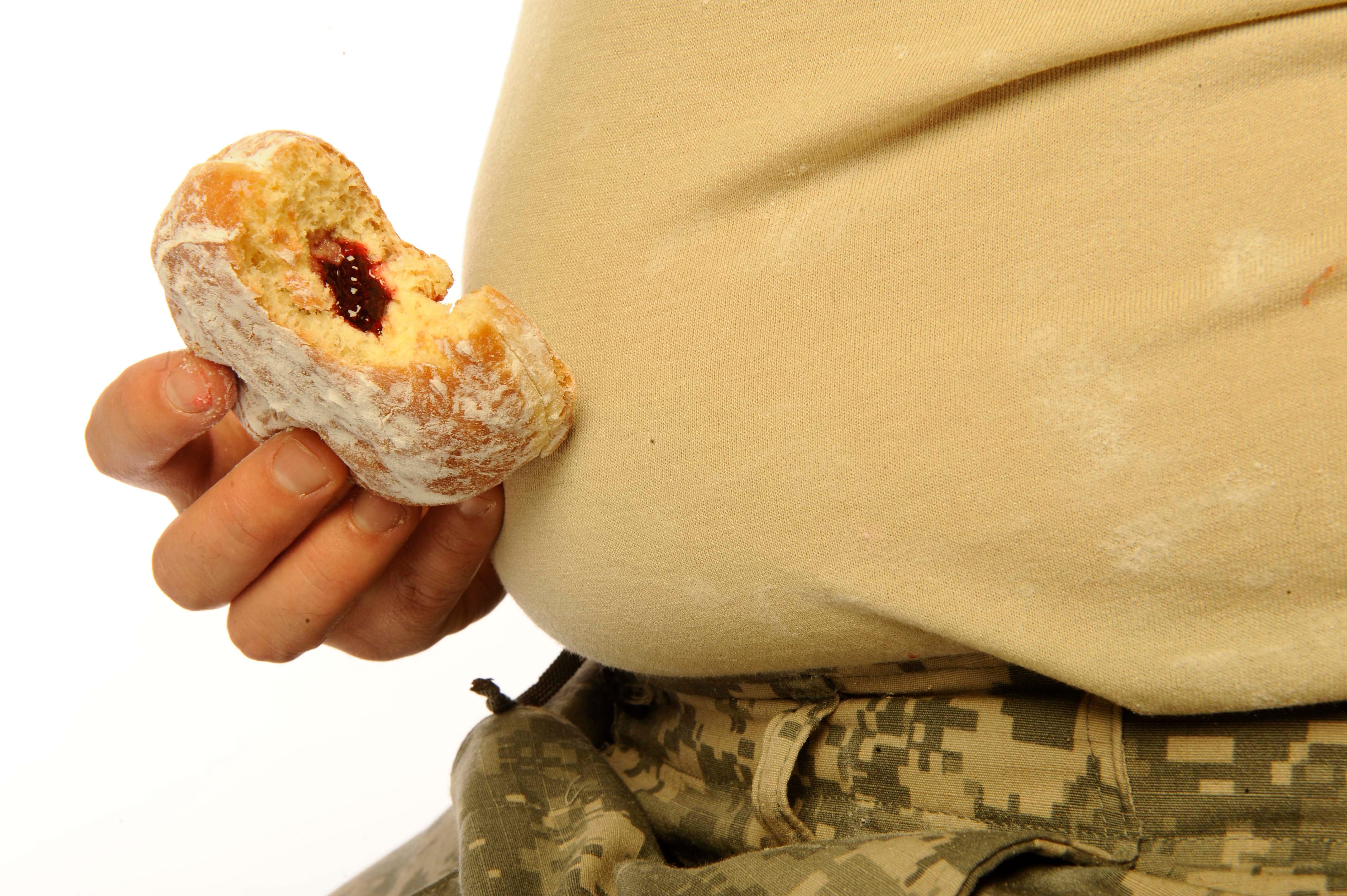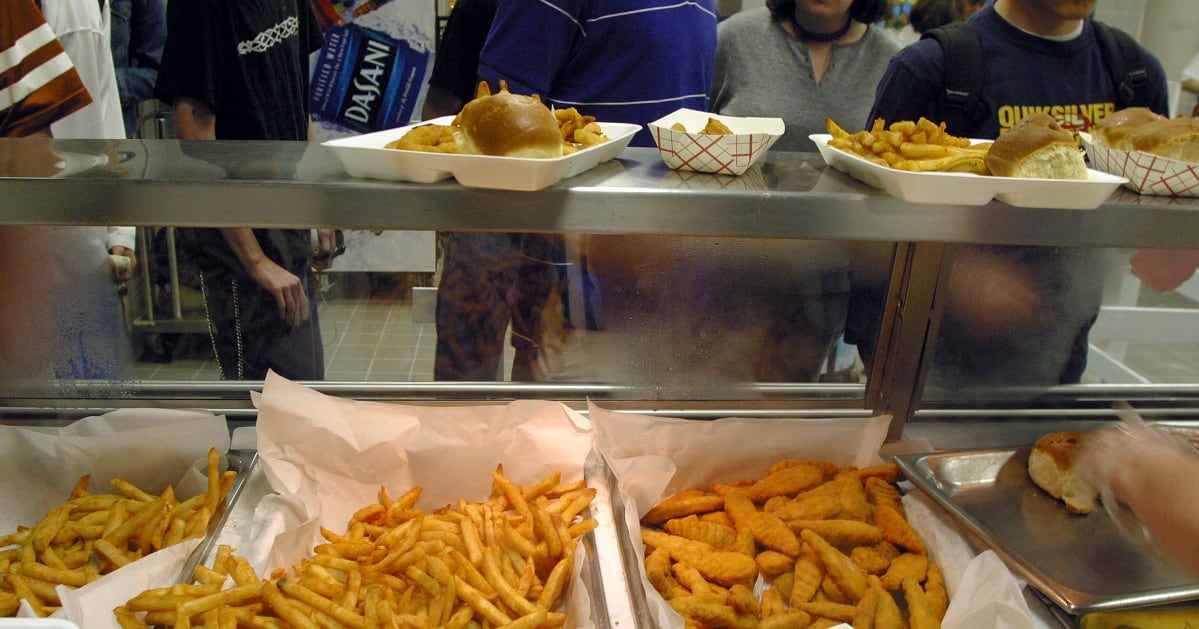Whether or not you consider military service an attractive option, it’s hard to argue against a strong military being essential to America’s security.
Yet the U.S. military faces increasing difficulty finding enough quality recruits to meet its already slimmed-down goals. According to the Pentagon, 71 percent of Americans age 17 to 24 are ineligible to join the military, primarily because they are too overweight or too poorly educated, or they have a record of serious crime or drug abuse.
“The obesity issue is the most troubling because the trend is going in the wrong direction,” said then-Maj. Gen. Allen Batschelet, the commanding general of Army Recruiting Command, in 2015. “We think by 2020 it could be as high as 50 percent, which means only 2 in 10 would qualify to join the Army.”
In my capacity as executive director of the Reserve Officers Association, I recently spoke with a senior military officer who candidly observed that virtually every service is having a hard time meeting its recruitment numbers.
The effects of America’s “culture of obesity” — making poor nutrition choices or getting inadequate exercise, or both — affects many who do enlist. The military spends more than $1.5 billion annually treating obesity-related health conditions and replacing those discharged because they’re unfit. I saw it myself: pudgy soldiers visibly pushing, or beyond, the “height and weight” standards.
RELATED

Recruiting challenges caused by health-related factors such as obesity, it’s fair to say, increase pressure on the military to compensate by enlisting otherwise ineligible candidates. The Defense Department uses its Armed Services Vocational Aptitude Battery to identify a candidate’s knowledge and ability to perform military roles; it sorts people into categories from I (the highest) to V. The military prefers to recruit from categories I-III, but if necessity demands, will take up to 4 percent from Category IV.
These are not bad people — heck, they want to serve their country. The record shows, however, that they do not perform as well.
“[Category IV] soldiers present several problems,” according to Dennis Laich, a retired Army major general who wrote “Skin in the Game: Poor Kids and Patriots.” “First, they are less likely to complete initial training or their initial term of enlistment. Second, they are more difficult to train because of lower cognitive skills and literacy. Third, they are less effective. ... Finally, training and leading these CAT IV soldiers is difficult and time-consuming for our Army’s already overburdened company grade officers and NCOs.”
Last year, the Army recruited nearly 2 percent of its new members, over a thousand soldiers, from Category IV. It doesn’t sound like much ... unless it’s your son or daughter whose life is on the line with a lower-quality “battle buddy.”
In addition to Category IV recruits, “... the Army is granting so-called ‘moral waivers’ to people it would likely turn away under normal conditions, including convicted felons,” according to an April 23 Daily Beast article. So the effects of one problem (obesity) exacerbate the effects of others (the necessity to admit otherwise ineligible recruits).
If the military is having difficulty meeting its recruitment numbers in a time of largely peacetime deployments (with the reduction of troops in Iraq and Afghanistan), how will we fare if a hot war begins someplace — or, more likely, a war in one place and trouble elsewhere, caused by mischievous “competitors” seeing a golden opportunity?
Unlikely? Virtually no one on Aug. 1, 1991, imagined that soon 540,000 U.S. troops would be in a war in the Persian Gulf. On Aug. 2, things changed. The world today is arguably more unstable and more dangerous.
Adequate military power (and a touch of luck) have since 1776 been essential to our nation’s survival. Even in an age of highly hyped technology, that means capable, fit, trained and ready service members. It means the ability to draw if need be from the nation’s youth to enlarge and replenish the military. We may not have weeks or months “next time” to build the necessary force. We may not have an enemy that collapses in 100 hours, as occurred in 1991.
A few weeks of basic training cannot undo a decade or more of unhealthy eating and exercise habits among those who want, and whom we may need, to serve in our military. And beyond the imperatives of national security, America needs healthy young talent to help our nation compete in every sphere.
We need comprehensive action that involves parents, schools, and communities to help kids understand and make healthy choices to avert the present “obesity crisis” from becoming a national security crisis.
That is why I and my fellow retired admirals and generals who are members of the nonprofit Mission: Readiness support efforts to get more opportunities for physical activity back into schools. Daily physical education has been shown to decrease the odds of a child becoming an overweight adult by as much as 28 percent.
Mission: Readiness members also strongly supported the reauthorization of the Child Nutrition Act, which led to healthier school meals and snacks for millions of students.
Those of us who served in the military learned from the moment our first drill sergeant entered our young life, that a dedicated team working in concert can achieve virtually any goal.
The health and vitality of our nation’s most precious asset — our young Americans — is a goal worth the combined efforts of us all.
Retired Maj. Gen. Jeffrey E. Phillips is a member of Mission: Readiness and the executive director of the Reserve Officers Association.




